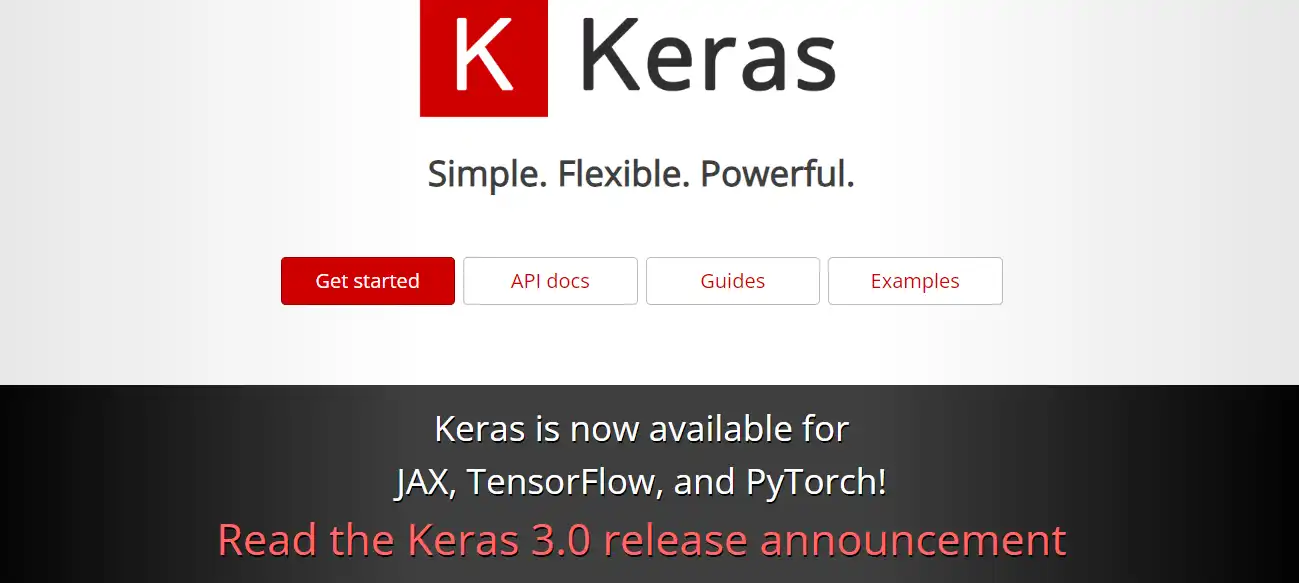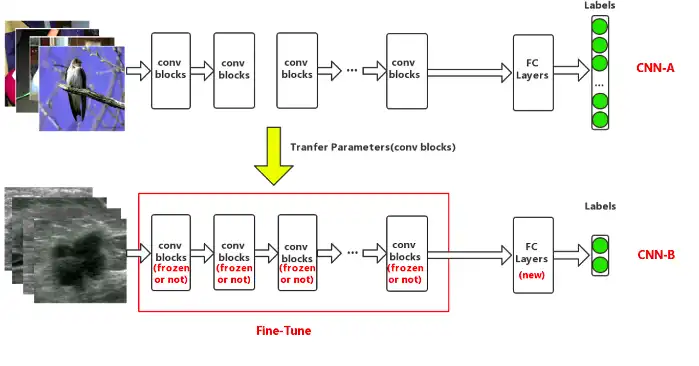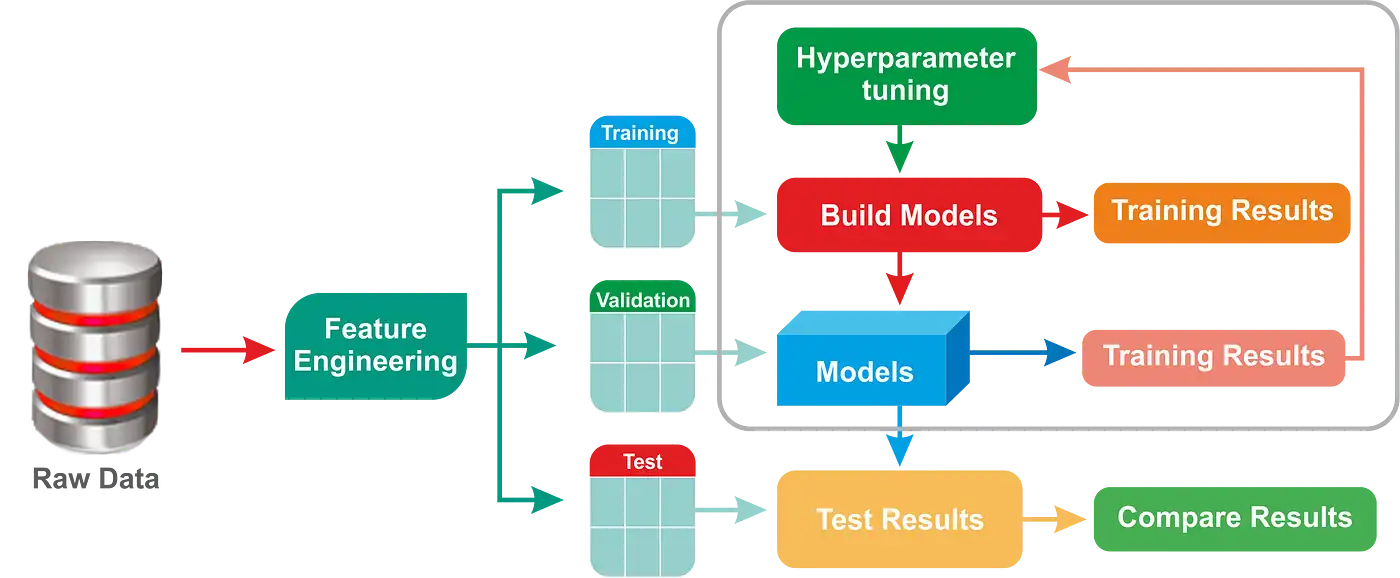Introduction
Keras has accelerated machine learning adoption since its launch in 2015. It provides a simplistic yet powerful neural network API written in Python.
Designed specifically for human usability, Keras offers building blocks to rapidly prototype complex model architectures. It also seamlessly integrates with TensorFlow and other back-end engines for easy production deployment post-development.
This combination of friendliness and versatility has fueled incredible growth. The 2022 Kaggle State of Data Science survey found an impressive 68% of practitioners now use Keras in projects - a nearly 20% increase in just two years.
With global machine learning markets ballooning towards $200 billion by 2027 according to Research and Markets, developer-friendly frameworks like Keras are more vital than ever for enterprises seeking competitive advantage from AI.
Yet many users have only scratched the surface of maximizing Keras’ potential amidst its broad capabilities.
This guide pulls back the curtain on Keras mastery. Continue reading to know more about advanced features and techniques of using Keras.
Overview of Keras

Keras is a high-level neural networks API, written in Python, that provides a user-friendly interface for building and training deep learning models. It is built on top of other popular deep learning frameworks such as TensorFlow and Theano. Keras allows researchers and developers to rapidly prototype and experiment with various deep learning architectures without getting bogged down in low-level implementation details.
Keras provides a modular architecture that makes it easy to build complex deep learning models. It offers a wide range of pre-defined layers, activation functions, loss functions, and optimizers, making it suitable for a variety of tasks such as image classification, natural language processing, and time series analysis.
Keras also supports both CPU and GPU execution, enabling efficient training and inference on a variety of hardware setups. Its ease of use and flexibility have made it a popular choice among deep learning practitioners.
Advanced Features and Techniques of using Keras
Given below are some of the advanced features and techniques of using Keras:
Transfer Learning

Transfer learning is a technique in machine learning where a pre-trained model is used as a starting point for a new task. Instead of training a model from scratch, transfer learning leverages the knowledge learned from a large dataset on a related task to perform well on a different but related task.
One of the key advantages of transfer learning is its ability to overcome limitations of limited labeled data. By utilizing a pre-trained model's knowledge, transfer learning allows for a significant reduction in the amount of data required to achieve good performance.
Keras provides support for transfer learning through pre-trained models such as VGG16, ResNet, and Inception. These models have been trained on large-scale image classification tasks and have learned a rich set of features that can be generalized to other tasks. By freezing the layers of the pre-trained model and adding new layers tailored to the specific task, transfer learning can be effectively implemented in Keras.
Transfer learning not only saves time and computational resources but also enables the adaptation of pre-trained models to specific domains or datasets.
Custom Loss Functions and Metrics
Keras allows users to define custom loss functions and metrics to train and evaluate models for specific tasks. This flexibility is crucial when working on non-standard problems or when existing loss functions and metrics are inadequate.
Defining custom loss functions and metrics in Keras is straightforward. Users can either use predefined mathematical functions or write their own functions using Keras backend operations. The loss function takes the true values and predicted values as inputs, while the metric function takes the true values and predicted values for evaluation.
Custom loss functions can incorporate domain-specific knowledge, modeling complex objectives, or weighting certain errors more heavily. For example, in image segmentation tasks, custom loss functions can account for class imbalance or focus on penalizing certain types of errors more than others.
Similarly, custom metrics enable the evaluation of model performance based on specific criteria. This is particularly useful when using evaluation measures that are not included in the standard Keras library.
Now, if you want to begin with chatbots but have no clue about Keras, AI, or some complex machine learning, then check out the NO-CODE chatbot platform, named BotPenguin.
With all the heavy work of chatbot development already done for you, BotPenguin allows users to integrate some of the prominent language models like GPT 4, Google PaLM, and Anthropic Claude to create AI-powered chatbots for platforms like:
- WhatsApp Chatbot
- Facebook Chatbot
- WordPress Chatbot
- Telegram Chatbot
- Website Chatbot
- Squarespace Chatbot
- woocommerce Chatbot
- Instagram Chatbot
Advanced Model Architectures
Deep learning has advanced rapidly in recent years, and complex architectures have been developed to tackle a variety of problems. Keras provides an easy way to build and train these advanced model architectures. As it allows users to focus on problem-specific tasks without worrying too much about low-level implementation details.
Some examples of advanced model architectures that can be implemented in Keras include convolutional neural networks (CNN), recurrent neural networks (RNN), long short-term memory (LSTM), and autoencoders. Keras provides pre-defined layers and building blocks for these architectures, which can be easily combined to form complex models.
CNNs, for example, are used extensively in image recognition and classification tasks. Keras offers several pre-defined layers for building CNNs, such as Conv2D, MaxPooling2D, and Flatten. Similarly, RNNs and LSTMs are used for sequential data analysis, such as speech recognition and sentiment analysis.
Autoencoders are another type of neural network that can be used for feature extraction or compression. They use an encoder to compress the input data into a lower-dimensional representation, which can be decoded by a decoder to reconstruct the original input. Autoencoders are widely used for data preprocessing and dimensionality reduction.
By leveraging Keras' modular architecture, users can create and experiment with various combinations of these model architectures.
Hyperparameter Tuning

Hyperparameters are the variables that determine the behavior and performance of a model and are set before the model is trained. Examples of hyperparameters include the learning rate, batch size, number of epochs, and activation functions. Tuning these hyperparameters is crucial to achieving good performance in a machine learning model.
Keras provides several techniques for hyperparameter tuning, such as grid search and random search. These techniques involve defining a search space for each hyperparameter and trying various combinations of hyperparameters to find the best combination.
Another popular approach for hyperparameter tuning is Bayesian optimization, which uses a probabilistic model to guide the search for the best hyperparameters. Keras provides support for Bayesian optimization through the hyperopt library, which can be used to efficiently search for the best hyperparameters.
Hyperparameter tuning is a time-consuming process but can significantly improve the performance of a model. By leveraging the various techniques provided by Keras, users can quickly and efficiently identify the optimal hyperparameters.
Handling Imbalanced Datasets
In many real-world scenarios, datasets are often imbalanced, i.e., some classes have significantly fewer samples than others. This can lead to biased models that perform poorly on underrepresented classes.
Keras provides several techniques for handling imbalanced datasets, such as class weighting and oversampling. Class weighting assigns higher weights to underrepresented classes, allowing the model to learn from these classes more effectively. Oversampling involves artificially increasing the number of samples in underrepresented classes to balance the dataset.
Another approach is to use transfer learning with pre-trained models trained on large-scale datasets. This allows the model to leverage the learned features from a larger and more diverse dataset, leading to better performance on underrepresented classes.
Users can also use custom generators to generate augmented samples, such as rotations, translations, and crops. This can increase the diversity of the dataset and improve the model's ability to learn from underrepresented classes.
By effectively handling imbalanced datasets, users can build models that perform well on all classes, leading to better real-world performance.
Conclusion
As we have explored through numerous examples, Keras offers one of the most versatile machine learning frameworks for both rapidly prototyping proof-of-concept models and architecting state-of-the-art neural networks. Its simplified coding workflows, modular components, and tightly integrated optimizations enable Python-proficient developers to achieve more.
While Keras makes basic deep learning approachable, dedicating focus towards advanced features unlocks new modeling possibilities. Mastering custom loops, callbacks, specialized layers, augmentation, and multi-input architectures accelerates innovation for those ready to level up. The global machine learning market is projected to eclipse $200 billion by 2027 according to Research and Markets—with Keras proficiency, you construct the next generation of AI.
Of course, your models are only as effective as their real-world implementation. Here Keras again excels with seamless exporting for productionization through TensorFlow Serving, Kafka streams, and RESTful interfaces. Over 68% of data scientists now use Keras according to 2022 Kaggle polling, underscoring its versatility from workstation to web scale deployment.
In an AI landscape evolving breakneck with each passing year, adapting quickly and building efficiently separate winners from losers. Keras empowers individuals and enterprises alike to get up and running fast, while providing the customization needed to stay ahead of the curve.
So whether you are just beginning with deep learning or have hundreds of models under your belt, unlock new potential and possibilities with Keras today!
Suggested Reading:
Top Use Cases of Keras Chatbot in 2024
Frequently Asked Questions (FAQs)
How does Keras differ from other neural network libraries like TensorFlow or PyTorch?
Keras offers a high-level API for rapid prototyping, simplifying complex operations compared to TensorFlow or PyTorch.
What are the advantages of using custom layers in Keras for neural network modeling?
Custom layers enable users to create unique architectures, implement custom functionalities, and tailor neural networks for specific tasks.
What advanced optimization methods does Keras offer for neural network training?
Keras provides various optimization algorithms like Adam, RMSprop, and custom optimizers for fine-tuning and improving neural network performance.
Can Keras handle complex neural network architectures like recurrent or convolutional networks?
Yes, Keras supports building intricate architectures, including RNNs, CNNs, and hybrid models, facilitating diverse deep learning applications.
Are there resources or documentation available for understanding advanced Keras functionalities?
Yes, comprehensive documentation, tutorials, and community forums provide insights into implementing advanced techniques in Keras.


